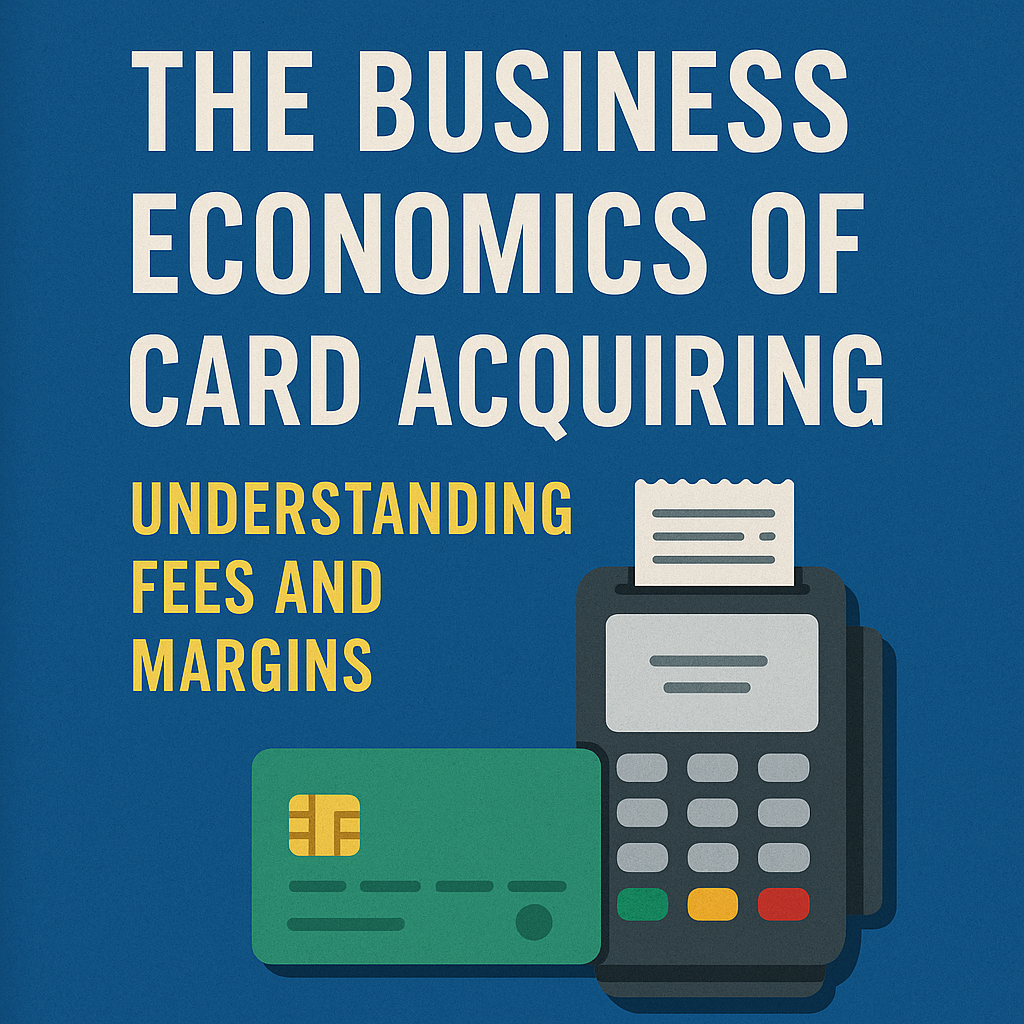Introduction
Card acquiring describes the procedure that enables merchants to approve card payments, promoting deals that are both quick and protected. Comprehending the business economics of card getting is critical for businesses, as it straight influences their bottom line. In this short article, we look into the different sorts of costs associated with card getting and just how they affect profit margins.
What is Card Obtaining?
Card acquiring involves a network that links merchants to card networks like Visa, MasterCard, and American Express. The acquirer, frequently a bank or financial institution, gives the required facilities and solutions for managing credit and debit card transactions.
Types of Fees in Card Acquiring
Seller Discount Rate Price (MDR)
The Seller Price Cut Price is a percent cost that merchants spend for processing card transactions. This charge normally varies from 1 5 % to 3 % of the deal value. Elements influencing MDR consist of the merchant’s sector, deal volume, and settlement skills.
Purchase Costs
Along with MDR, sellers often incur flat transaction costs for each and every card payment refined. This fee can range acquirers and is an important factor for businesses with high purchase quantities.
Chargeback Costs
Chargebacks occur when a consumer disputes a purchase. Sellers need to pay chargeback fees, which can lead to significant economic losses if not managed effectively. Understanding the reasons behind chargebacks can aid merchants reduce these expenditures.
Margins Produced from Card Getting
The business economics of card acquiring also includes understanding just how margins are produced. Acquirers need to stabilize competitive prices for merchants while guaranteeing their earnings.
Taken Care Of vs. Variable Margins
Repaired margins are developed as a result of consistent costs related to preserving payment handling systems. Variable margins fluctuate with transaction quantities, making it important for acquirers to predict trends accurately.
Market Competitors
Extreme competition amongst acquirers can bring about lower deal fees, profiting sellers. However, services should be cautious not to give up service high quality for lower expenses, as extraordinary service can lead to greater customer retention.
Associated Searches
- Card payment processing costs
- Comprehending seller discount rates
- Chargeback monitoring strategies
- Settlement processing margins
Frequently asked questions
What factors influence my Vendor Discount Rate?
Your Merchant Discount rate Rate can be affected by the sort of organization you operate, your purchase quantity, and your negotiation power with the acquirer.
How can I lower chargeback fees?
Applying strong customer care methods and being transparent in your purchases can help in reducing chargeback occurrences. Frequently monitoring your purchase data also aids in determining potential issues.
What is the difference in between fixed and variable charges?
Set charges remain consistent no matter your purchase volume, while variable costs transform based upon the number and worth of purchases refined.
Meeting with a Market Expert
To gain even more insight, we consulted with Frederic NOEL, a seasoned expert in payment processing. According to Frederic, “” Understanding the detailed characteristics of card obtaining fees and margins permits sellers to enhance their repayment strategies and improve success.””
Verdict
In the quickly developing landscape of electronic settlements, comprehending the business economics of card obtaining is important for vendors. By thoroughly assessing the different charges, margins, and techniques, organizations can successfully navigate this complex setting. With understandings from professionals like Frederic Yves Michel NOEL, companies can furnish themselves to make informed decisions that drive growth and profitability.

Comments are closed